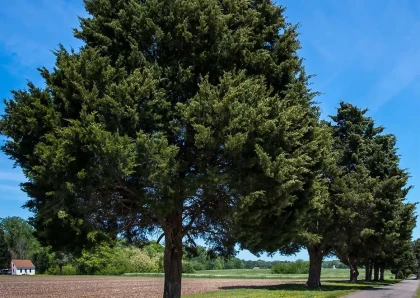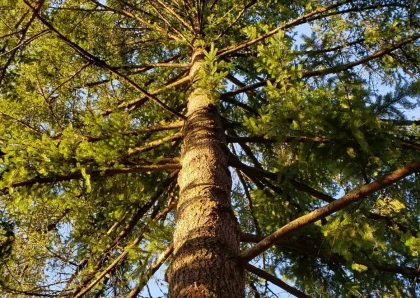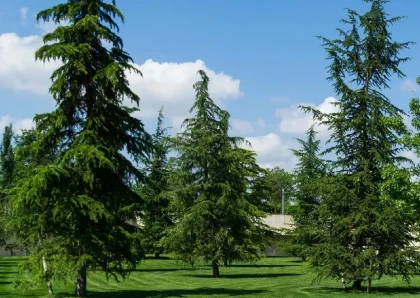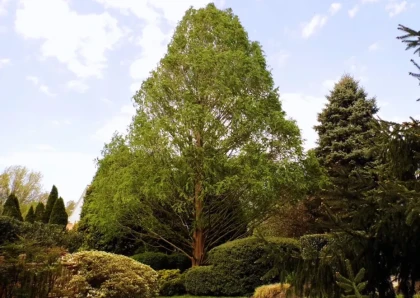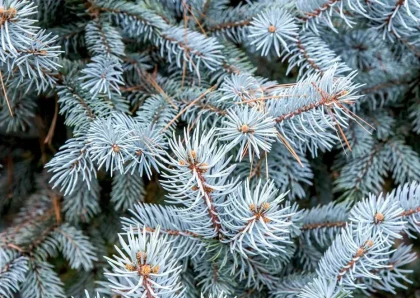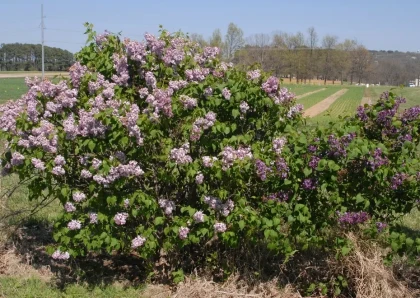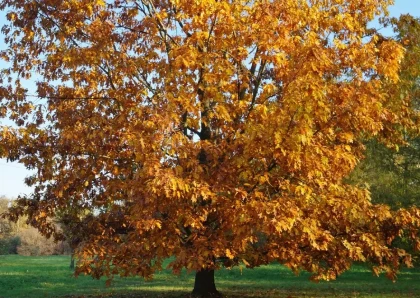
Willow Oak Tree
Overview
Willow Oak tree, also known as Quercus phellos, is a medium-sized, deciduous tree that is native to North America. It is known for its willow-like leaves, which turn a brilliant yellow in the fall. Willow Oak trees can grow up to 60 feet tall and have a spread of up to 40 feet. They are tolerant of a variety of conditions, including heat, drought, and poor soil.
Different types of wood products can be made from Willow Oak Tree Farm
Willow Oak wood is a strong and durable wood that can be used for a variety of purposes, including:
- Furniture: Willow Oak wood is often used to make furniture, such as tables, chairs, and desks.
- Building materials: Willow Oak wood is also used to make building materials, such as beams, joists, and flooring.
- Pulp and paper: Willow Oak wood is also used to make pulp and paper.
Benefits of Willow Oak Tree
- Aesthetics The Willow Oak Tree is favored for its unique willow-like leaves, adding visual interest and diversity to any landscape.
- Fast Growth Compared to many other species of trees, Willow Oaks grow relatively quickly. This makes them an excellent choice for individuals or projects that aim to establish a mature look in a shorter span of time.
- Wildlife Habitat Willow Oak Trees provide a natural habitat for a wide variety of wildlife. Their branches can serve as shelter for birds and small mammals.
- Food Source The acorns produced by Willow Oak Trees are a valuable food source for many species of wildlife, including birds and squirrels.
- Wood Usage The wood from Willow Oak Trees is strong and shock-resistant, making it an excellent choice for various construction projects. It can be used in furniture making, flooring, and paneling. In some cases, it is also used for the production of pulpwood for paper.
Cons of Willow Oak Tree
- Disease and Pest Susceptibility Compared to other species of oak, Willow Oaks may be more susceptible to certain diseases and pests. This can potentially lead to increased maintenance requirements or shorter lifespan for the tree.
- Root System: The root system of the Willow Oak can be quite aggressive and surface roots are common. This can be a problem if the tree is planted too close to a sidewalk, driveway, or a building's foundation.
- Allergy Potential: For those with sensitivities or allergies, the Willow Oak's pollen can potentially cause allergic reactions in the spring.
- Size: Willow Oaks can grow to be quite large, making them unsuitable for smaller yards or spaces. Their size can also lead to increased costs and effort in pruning and general maintenance.
Tips for planting and maintaining Willow Oak Tree
- Choose the right location: Willow Oak trees need full sun and well-drained soil.
- Water regularly Newly planted Willow Oak trees need to be watered regularly, especially during the first year.
- Fertilize annually Fertilize Willow Oak trees annually with a balanced fertilizer.
- Prune as needed Prune Willow Oak trees as needed to maintain their shape and size.
Conclusion
Willow Oak trees are beautiful and long-lived trees that can add value to any property. They are tolerant of a variety of conditions, but they can be susceptible to a few pests and diseases. If you are looking for a tree that is both beautiful and low-maintenance, Willow Oak is a great option.
FAQs
- How long does it take a Willow Oak tree to grow?
- How much care does a Willow Oak tree need?
- How long do Willow Oak trees live?
Willow Oak trees grow at a moderate rate. They can reach a height of 20 feet in 10 years and a height of 60 feet in 30 years.
Willow Oak trees are relatively low-maintenance trees. They need to be watered regularly, especially during the first year after planting. They should also be fertilized annually.
Willow Oak trees can live for hundreds of years.
No listings available
Related Products
Questions & Answers
What do you want to know about this product?
Reviews (4)
ArborAce42
Beautiful, but Messy
Stunning tree, but be prepared for a rain of acorns in the fall. My squirrels love it though!
TreeHugger91
Amazing Shade Provider
It's a natural parasol. Provides exceptional shade in the summer. Highly recommend for spacious yards.
ForestryFanatic34
Strong and Durable
Willow Oak is a fighter. Survived some rough weather. Requires some cleanup, but well worth it.
LeafLover5
Pleasant but Prickly
Great aesthetic addition but watch your step in fall. Those acorns can be ankle-twisters!





